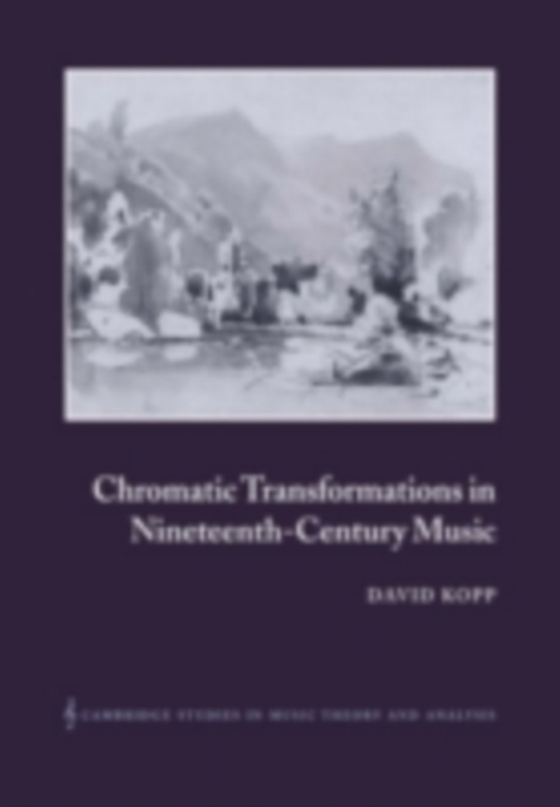
Chromatic Transformations in Nineteenth-Century Music e-bog
473,39 DKK
(inkl. moms 591,74 DKK)
David Kopp's book develops a model of chromatic chord relations in nineteenth-century music by composers such as Schubert, Beethoven, Chopin, Schumann and Brahms. The emphasis is on explaining chromatic third relations and the pivotal role they play in theory and practice. The book traces conceptions of harmonic system and of chromatic third relations from Rameau through nineteenth-century theo...
E-bog
473,39 DKK
Forlag
Cambridge University Press
Udgivet
2 december 2004
Genrer
Theory of music and musicology
Sprog
English
Format
pdf
Beskyttelse
LCP
ISBN
9780511057397
David Kopp's book develops a model of chromatic chord relations in nineteenth-century music by composers such as Schubert, Beethoven, Chopin, Schumann and Brahms. The emphasis is on explaining chromatic third relations and the pivotal role they play in theory and practice. The book traces conceptions of harmonic system and of chromatic third relations from Rameau through nineteenth-century theorists such as Marx, Hauptmann and Riemann, to the seminal twentieth-century theorists Schenker and Schoenberg and on to the present day. Drawing on tenets of nineteenth-century harmonic theory, contemporary transformation theory and the author's own approach, the book presents a clear and elegant means for characterizing commonly acknowledged but loosely defined elements of chromatic harmony, and integrates them as fully fledged entities into a chromatically based conception of harmonic system. The historical and theoretical argument is supplemented by plentiful analytic examples.
 Dansk
Dansk

